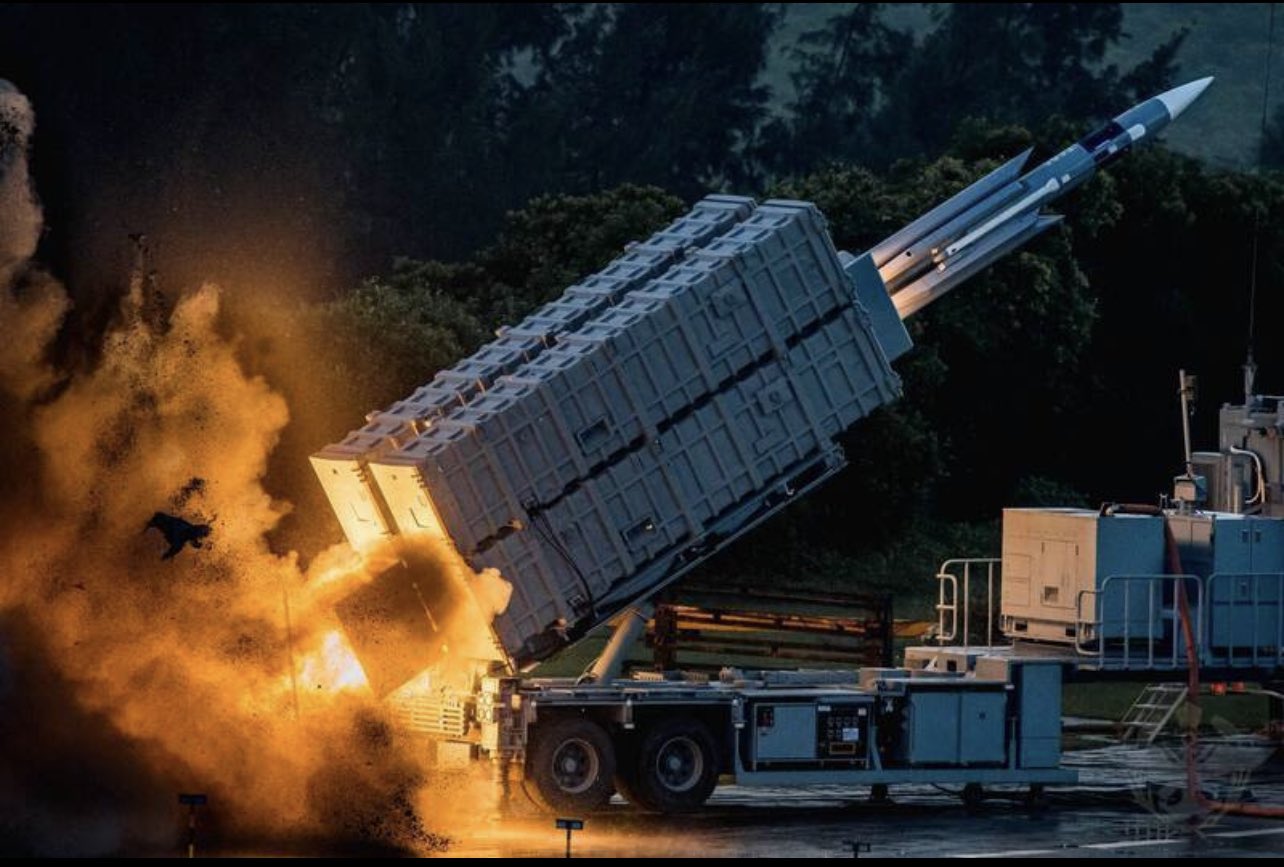Japan intends to deploy a new indigenous missile that can neutralize both ballistic and hypersonic glide weapons by the end of the fiscal year 2027, Nikkei Asia reported.
The new missile aims to protect the nation’s outlying islands and critical infrastructure, including nuclear power facilities.
The report said the upgraded Type-03 medium-range surface-to-air missile test production would start in fiscal 2023. Mitsubishi Electric manufactures the missile for the Japanese forces.
The missile, also known as Chu-SAM, complements the Patriot Advanced Capability-3 surface-to-air missile.
Conventional air defense systems cannot intercept the hypersonic glide vehicles because of their ability to move at Mach 5 on unpredictable trajectories. However, the new missile will be able to intercept hypersonic projectiles once the necessary software has been updated.

Besides that, the report added that a new version with improved hardware, including better guiding and launch mechanisms, is anticipated to be introduced around 2030.
Fourteen ground-based units across Japan will use the improved Chu-SAM. One plan would place half of them in the Nansei Islands, a series in the southwest that also includes Okinawa.
The possible locations for deploying the new missile include GSDF Camp Yonaguni, about 110 kilometers from Taiwan, and a new camp that will start operations in March on nearby Ishigaki Island.
As Russia and China make considerable progress in hypersonic weapons, Tokyo has been looking to develop the capability to intercept hypersonic weapons.
Even the latest move is an element of a plan to improve Japan’s air and missile defense capability. With Japan’s existing missile defense capacity, senior officials of the Self-Defense Forces feel that stopping hypersonic glide weapons would be challenging.
As previously noted by the EurAsian Times, the proposed redesign will improve Type-03 missiles’ capacity to predict the flight path of hypersonic weapons, track them, and detect them using radar.
The report highlighted that it is simple to adjust homegrown equipment in response to changes in the security environment.

Japan Looks To Add Another Layer Of Defense
Hypersonic glide vehicles, which can travel up to five times that of sound at altitudes between 20 and 100 kilometers, are cutting-edge technology that Russia and China have developed.
North Korea has also conducted a spate of missile launches, which has heightened regional tensions. Thus, with China, Russia, and North Korea in mind, Japan wants to strengthen deterrence.
In its revised National Security Strategy, released in December last year, the government stated aspirations for increased Self-Defense Force engagement in securing nuclear power plants and other crucial sites.
A two-tiered ballistic missile defense system is currently in place in Japan. The first is the Standard Missile-3, launched from ships with Aegis and made to stop approaching objects outside of ohe atmosphere.
If this is unsuccessful, the PAC-3s of the Air Self-Defense Force will destroy them upon reentry. The new missile would add a layer of defense for Japan. It can be used in various locations, like GSDF stations.

However, the improved Chu-SAMs and PAC-3s only have a range of about 100 kilometers.
Japanese military strategists think that Tokyo must swiftly develop the capability to stop hypersonic weapons.
In January, the defense ministers of Japan and the United States decided to work together to develop this technology.
Nevertheless, the Type-03 Medium-Range Surface-to-Air Missile (SAM-4 or Chu-SAM) is still essential to Japan’s defense system. The Japan Ground Self-Defense Force purchased the Type-03 missiles in 2003 to counter aerial targets.
The missiles underwent initial modification in 2017 to counter low-flying cruise missiles and fast incoming projectiles.
It uses an advanced active electronically scanned array radar. The system can simultaneously track up to 100 targets and destroy fighter jets, helicopters, and cruise missiles.
- Contact the author at ashishmichel(at)gmail.com
- Follow EurAsian Times on Google News




